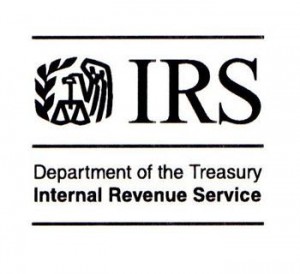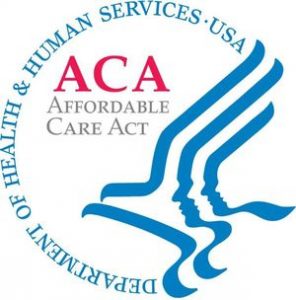 A leaked draft of Proposed Department of Homeland Security (“DHS”) regulations indicates that certain non-US citizens may be disadvantaged in extending or adjusting their immigration status if they obtain health insurance coverage through the Health Insurance Marketplace (“Marketplace”) set up under the Patient Protection and Affordable Care Act (“ACA”) or Medicaid, or obtain benefits under the Children’s Health Insurance Program (“CHIP”) for their dependents (even US citizen dependents). From an employee benefits perspective, the proposed rules have three effects on employers:
A leaked draft of Proposed Department of Homeland Security (“DHS”) regulations indicates that certain non-US citizens may be disadvantaged in extending or adjusting their immigration status if they obtain health insurance coverage through the Health Insurance Marketplace (“Marketplace”) set up under the Patient Protection and Affordable Care Act (“ACA”) or Medicaid, or obtain benefits under the Children’s Health Insurance Program (“CHIP”) for their dependents (even US citizen dependents). From an employee benefits perspective, the proposed rules have three effects on employers:
- Employees may have questions about whether they can or should switch coverage from the Marketplace or CHIP to the employer’s health plan.
- Employers are required to give notices to employees on hiring about the availability of health insurance through the Marketplace, and annually about the availability of CHIP. Employers may want to consider adding information to these notices regarding the potential impact on immigration of accepting either of these benefits.
- Employers that wish to retain non-US citizen employees may wish to improve health benefits (particularly for dependents) to discourage use of the Marketplace or CHIP.
The change in regulations would have a number of effects on employers who hire non-US citizens, particularly in instances in which the employer is sponsoring them (such as for an H-1B visa or a green card) which are beyond the scope of this post. However, this post discusses the specific impact on employee benefits of the proposed regulations, and potential employer responses to them. Read more.

 A new article by
A new article by  The Tax Cuts and Jobs Act of 2017 made a number of changes affecting the compensation and benefits that governmental, church, and other tax-exempt organizations can provide to their employees. Given the short time between introduction and passage of the Act, it is not surprising that many of the new provisions are unclear in their application. Moreover, some of them may produce unintended consequences for these organizations.
The Tax Cuts and Jobs Act of 2017 made a number of changes affecting the compensation and benefits that governmental, church, and other tax-exempt organizations can provide to their employees. Given the short time between introduction and passage of the Act, it is not surprising that many of the new provisions are unclear in their application. Moreover, some of them may produce unintended consequences for these organizations. A 76-page PowerPoint presentation from a live Lorman Telecom webinar, “Navigating Pension and Annuity Payments: General Rule and Taxation Guidelines,” is now available by
A 76-page PowerPoint presentation from a live Lorman Telecom webinar, “Navigating Pension and Annuity Payments: General Rule and Taxation Guidelines,” is now available by  The IRS has now issued a series of forms to enable federal, state, and local governments to assess their compliance with federal tax statutes, and has set forth some common errors found in examining such employers. Several of the forms relate to employee benefits issues, and may be of assistance to governments trying to ensure that they comply with all legal requirements.
The IRS has now issued a series of forms to enable federal, state, and local governments to assess their compliance with federal tax statutes, and has set forth some common errors found in examining such employers. Several of the forms relate to employee benefits issues, and may be of assistance to governments trying to ensure that they comply with all legal requirements. The recent flurry of activity around the Affordable Care Act (ACA) has many people confused about where it stands, and what the employer’s obligations are. The following summarizes the activity so far:
The recent flurry of activity around the Affordable Care Act (ACA) has many people confused about where it stands, and what the employer’s obligations are. The following summarizes the activity so far: